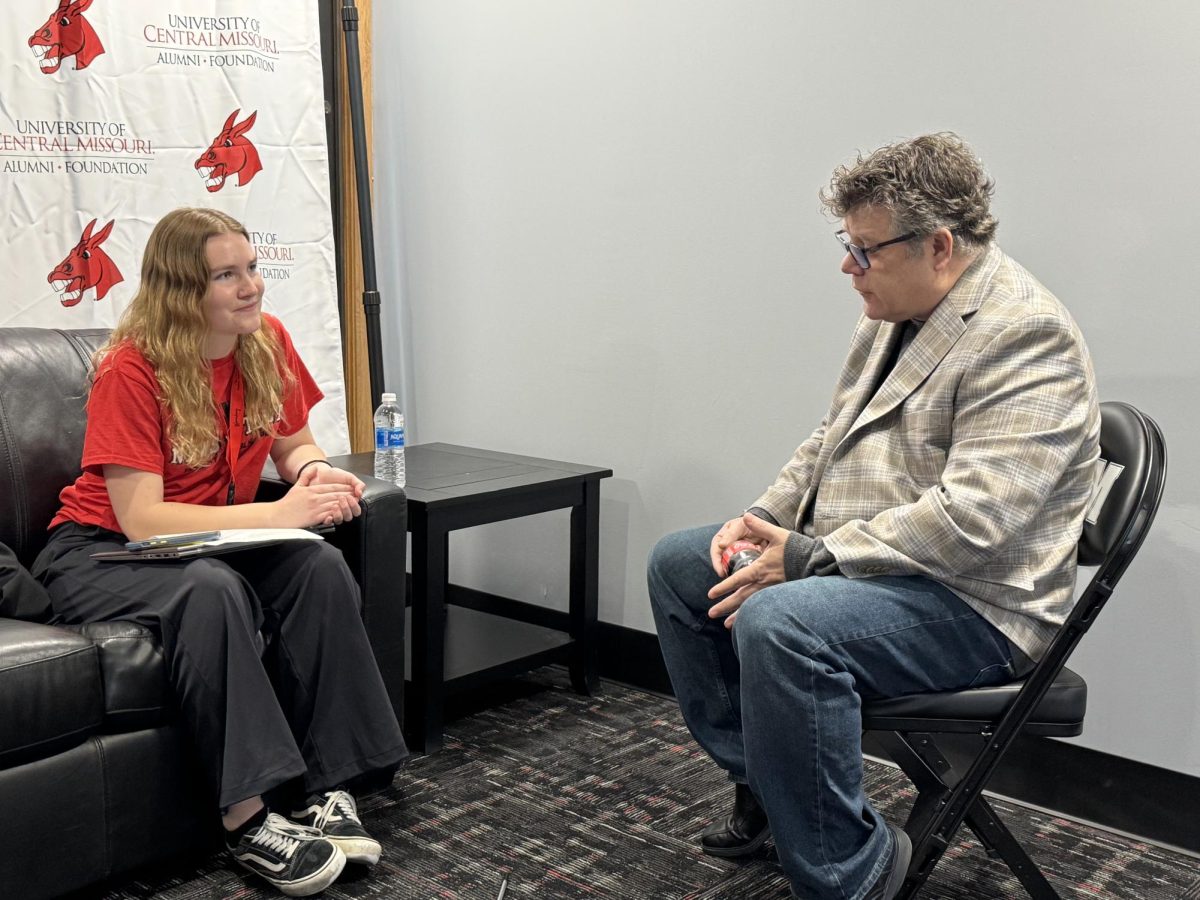By LEAH WANKUM
Managing Editor
(WARRENSBURG, Mo., digitalBURG) — Post-tenure review is a policy at UCM, but no one really knows what it means yet.
The UCM board of governors voted March 27, 2015, to approve new faculty classifications. The new classifications included post-tenure review for library and tenure-track faculty. However, the proposal to the board of governors did not include a definition or description of post-tenure review. It was approved only as a concept.
Now the faculty is charged with defining post-tenure review.
UCM faculty expressed concerns about post-tenure review through multiple emails and at a public forum Monday, April 4. Not only do faculty have problems with the language of the original draft of the motion on post-tenure review – they disagree about the concept itself and how it will affect tenure at UCM.
“We are reviewed annually,” said Jim Staab, professor of political science. “If someone is tenured and they’re having, year after year, serious problems in particular areas or just one huge serious problem, that would be a cause for dismissal, it’s there. The instruments are there.
“It really begs the question: Why such a broad policy that would take an inordinate amount of time for everybody concerned?”
Tenure helps provide job security for faculty and serves as a protection for academic freedom. Tenured faculty can’t be fired except “as a last resort and only for the most serious causes and for causes directly related to the faculty member’s professional performance,” according to board of governors’ policy.
Faculty Senate defeated a motion on a post-tenure review policy and procedure in a 19 to 1 vote – with one abstention – during a meeting Wednesday, April 6.
Had the motion been approved, all tenured faculty at UCM would be required every five years after receiving tenure to prove that they still deserve it.
Tenured faculty would have to submit the previous five years’ annual performance reviews as well as a current curriculum vitae and a one-page summary document based upon the criteria set by the faculty member’s department, according to the motion.
The board of governors’ post-tenure review concept includes the potential to be designated as a distinguished professor. The definition of distinguished professor has also not been established.
Faculty Senate voted 15-4 Wednesday afternoon to extend the timeline to make additional proposals for post-tenure review and distinguished professor policies.
The Faculty Senate’s motion on the policy wasn’t widely distributed until Jim Loch, president of Faculty Senate, first emailed it to faculty Thursday, March 31, before the public forum. Faculty Senate was charged with voting on the motion two days after the forum, which some faculty thought was not enough time.
“I do have possible amendments that we could put through or we could suggest,” said Kristy Boney, associate professor of modern languages, at the forum. “Our department met Friday (April 1) and discussed at great length this document. Ultimately, the department of government, we can’t approve this process. It’s a very hard process to approve, particularly in the time constraints we’ve had. We need more time.”
Loch said Deborah Curtis, provost-chief learning officer at UCM, had brought the chart on revised faculty categories, which included the post-tenure review concept, as an information item to the Faculty Senate meeting Feb. 18, 2015.
“There was no action taken on the classification scheme by the senate, so we didn’t vote to affirm it or critique it before it was taken before the board,” Loch said.
Curtis said the Faculty Senate Personnel Policies Committee created the first draft of the motion, an approximately seven-month process that started last fall.
“What the process was – and I think some of the people who were weighing in as faculty (at the forum) didn’t understand or know all of that – is last fall, that committee was given that assignment, and what they did was went out and looked around the country for other models,” Curtis said at the forum.
Curtis said during the forum that between 50 and 60 percent of institutions have post-tenure review, in reference to an article published in October 2005 by the American Association of University Professors that cited a 1996 study from West Virginia University.
“This is not cutting-edge activity,” Curtis said at the forum.
More than half of colleges and universities have a post-tenure review policy, but the processes in place are unique to each institution, according to the AAUP article.
“I know that other institutions have adopted post-tenure review, but the way that they’ve adopted it, it comes in lots of different stripes,” Staab said. “The one that was proposed to us, I think was about as dramatic as you could have, where every single tenured faculty member every five years submits credentials that is linked, ultimately, to the possibility of dismissal for cause.”
Some 15 faculty members spoke out against the motion on post-tenure review policy and procedure during the forum. Curtis later said in an interview that she had problems with some of the language, such as when the motion referenced dismissal for cause.
“I would decline the offer that the committee provided to then create a path to dismissal,” Curtis said. “That’s redundant. We already have a dismissal for cause. The only way in this post-tenure review that would kick in is if someone refused to improve.”







